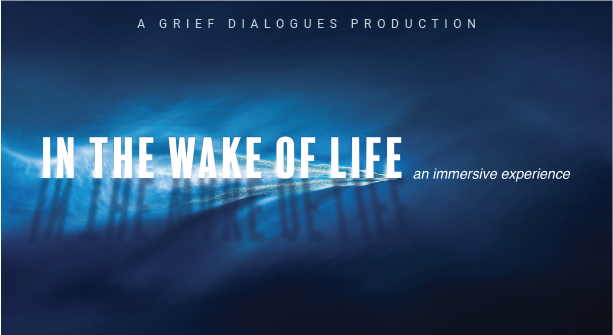“Mindfulness can’t erase grief — but it can teach us to breathe within it.”
Grief touches every part of life — mind, body, and spirit — yet mindfulness offers the quiet ground beneath it all. Mindfulness provides a gentle refuge — a space where we can meet our emotions without judgment or resistance. By learning to notice what you feel rather than fight it, you begin to rebuild calm and clarity from within. This article explores compassionate, practical mindfulness practices to help you navigate loss and rediscover balance.
Quick Summary
Mindfulness can’t erase grief, but it can help you live with it. Through breathwork, mindful journaling, body awareness, and compassionate observation, mindfulness invites you to find calm, process emotions safely, and restore emotional equilibrium.
Understanding Mindfulness in Grief
Mindfulness means paying attention — on purpose, without judgment — to your current experience. In grief, that might mean noticing tears without trying to stop them, or acknowledging numbness without guilt. The goal isn’t to feel better — it’s to get better at feeling. This approach turns emotional overwhelm into manageable waves instead of floods.
How Mindfulness Supports Emotional Healing
- Breath Awareness: Calms the nervous system and reduces anxiety and restlessness.
- Body Scanning: Reconnects awareness with physical sensations, preventing emotional dissociation.
- Loving-Kindness Meditation: Softens self-criticism and cultivates compassion.
- Mindful Journaling: Transforms chaos into clarity and helps identify emotional triggers.
- Walking Meditation: Grounds you through movement and supports gentle energy release.
Step-by-Step: How to Practice Mindful Grieving
- Find Stillness. Sit or lie comfortably.
- Notice the Breath. Feel its rise and fall.
- Label Emotions Gently. “Sadness,” “anger,” or “tired.”
- Allow, Don’t Fix. No need to solve — just observe.
- Return to the Present. Each breath anchors you again.
- Repeat Daily. Short and frequent is better than rare and intense.
Checklist: Signs You’re Processing Grief Mindfully
- You allow emotions to arise without suppressing them.
- You maintain a daily grounding routine.
- You can observe pain without total identification.
- You practice compassion toward yourself and others.
- You find moments of calm amid sadness.
Journaling as a Path to Emotional Integration
Journaling provides a private space for dialogue with yourself — a safe container for expression when words feel heavy. Writing about memories, regrets, or gratitude can deepen understanding. As one writer reflected, “When I finally stopped fighting my sadness, I realized I wasn’t drowning — I was learning to float.”
Everyday Mindfulness Habits
- Start mornings with a two-minute breath focus.
- Eat one meal a day without screens.
- Pause for gratitude before bed. Take slow walks outdoors.
- Use gentle sounds or silence to center your attention.
Mindfulness isn’t only stillness — it can also be creation. Painting, writing, or performing can become acts of awareness — ways to breathe life into loss. Through art, presence becomes visible, and grief transforms into expression.
Resources for Mindful Healing
Guided meditation apps such as Ten Percent Happier or Headspace offer grief-centered courses. For mindful movement, Yoga With Adriene provides accessible practices. Reflective readings can be found through the Greater Good Science Center.
FAQs: Mindfulness and Grief
How soon after a loss should I start practicing mindfulness?
Whenever it feels right. Some begin immediately for grounding; others wait until shock eases.
What if mindfulness feels too painful?
That’s okay. Mindfulness doesn’t force confrontation. Take breaks and seek support from a therapist or grief counselor.
Can mindfulness replace therapy?
No. It’s a complement, not a substitute. It enhances awareness and calm, which therapy can then deepen.
Closing Reflection
Grief is not something to be solved but something to be lived through with gentleness. Mindfulness helps transform that experience from chaos into quiet understanding, one breath at a time. By allowing yourself to feel fully and return to presence, you create space for healing to unfold naturally.
Step into the healing power of art and expression — explore Grief Dialogues to discover creative ways to process loss.






